By Jaedri Wood
When a person graduates from college and finds a reliable job, the (seemingly) next logical step would be to take the leap and buy a home. While this may have been the case for the baby boomers, it does not hold true for millennials and younger generations. The Urban Institute reports that today’s young adults are less likely to own a home compared to baby boomers and Gen Xers at the same age: 50% of the surveyed baby boomers and Gen Xers bought their house when they were 25-34 years old, and 27% bought their first home before they turned 25. Comparatively, only 37% of those currently aged 25-34 own a home, and only 13% of those who are 18-24 years old.
The logic of buying a house early, if you can afford it, is sound. The longer you stay in a home, the more equity you build. Those who bought their first home between the ages of 25-34 had the most wealth in equity for their home by the time they were 60 years old. Buying a house earlier resulted in a median home equity of $150,000 (adjusted per 2015 inflation). The ability for younger generations to afford to buy a home is dwindling across generations. Why? Student debt and stagnant wages.
The National Association of Realtors reports that the median first-time homebuyer in 2017 was 32 years old. However, those home buyers had a median annual income of $75,000—a relatively high income compared to most. Those who landed a job right out of college made much less than $75,000 and are also plagued with student debt. In their 2019 Home Affordability Report, home co-investment company Unison found that 83% of non-homeowners said student debt is the reason they can’t afford to buy a home right now. According to the Federal Reserve, the average college debt among student loan borrowers in America is $32,731. The burden of student debt forces young adults to delay buying a house by seven years on average. Stagnant wages also play a significant part in delaying a home purchase. The median hourly wage—the wage at which half the workforce is paid more, and half the workforce is paid less—sits at $19.33 per hour—or $40,000 a year for a full-time worker. Earning $40,000 annually whilst paying off around $30,000 worth of debt is impossible when looking to apply for a mortgage. Since student loans are included in one’s debt to income ratio, qualifying for a mortgage seems unlikely until later in life for many. So, what can bankers and brokers do to get younger people into homes: more in-depth risk assessment.
It is no secret how low wages and high student loan debt virtually eliminate the ability for younger people to buy a home. So how can these institutions bring the possibility of owning a home back for the next generations? Bankers and Brokers need to be more aware of the impact of student loans and stagnant wages. Instead of dismissing an age group’s ability to buy a home, there needs to be more work put into discovering why the majority of these age groups can’t qualify.
Loan institutions and the mortgage industry can collaborate to mitigate the effects that student loans have on borrowers. This is not to say that every college-aged person is a low-risk investment, but all should not be precluded from owning a home solely because of the money they invested in their education. There is ample opportunity for lending organizations to spend more time educating younger generations on mortgage basics before they make other large investments, so they may make more informed financial decisions in the future. For example: If buyers do not know the requirements for a down payment on a house, they will likely not proactively save for one. Although younger generations may not be buying homes as early as their baby boomer parents or grandparents, the reasons for this are not purely personal choice nor in their control. The first step in being a well-qualified applicant is becoming knowledgeable on what is required and how to get there. Bankers, Brokers and lending institutions have a standing call to action to be more involved in helping younger generations create a plan to own a home in the future when it is feasible. After all, if we fail to plan, we plan to fail.






















